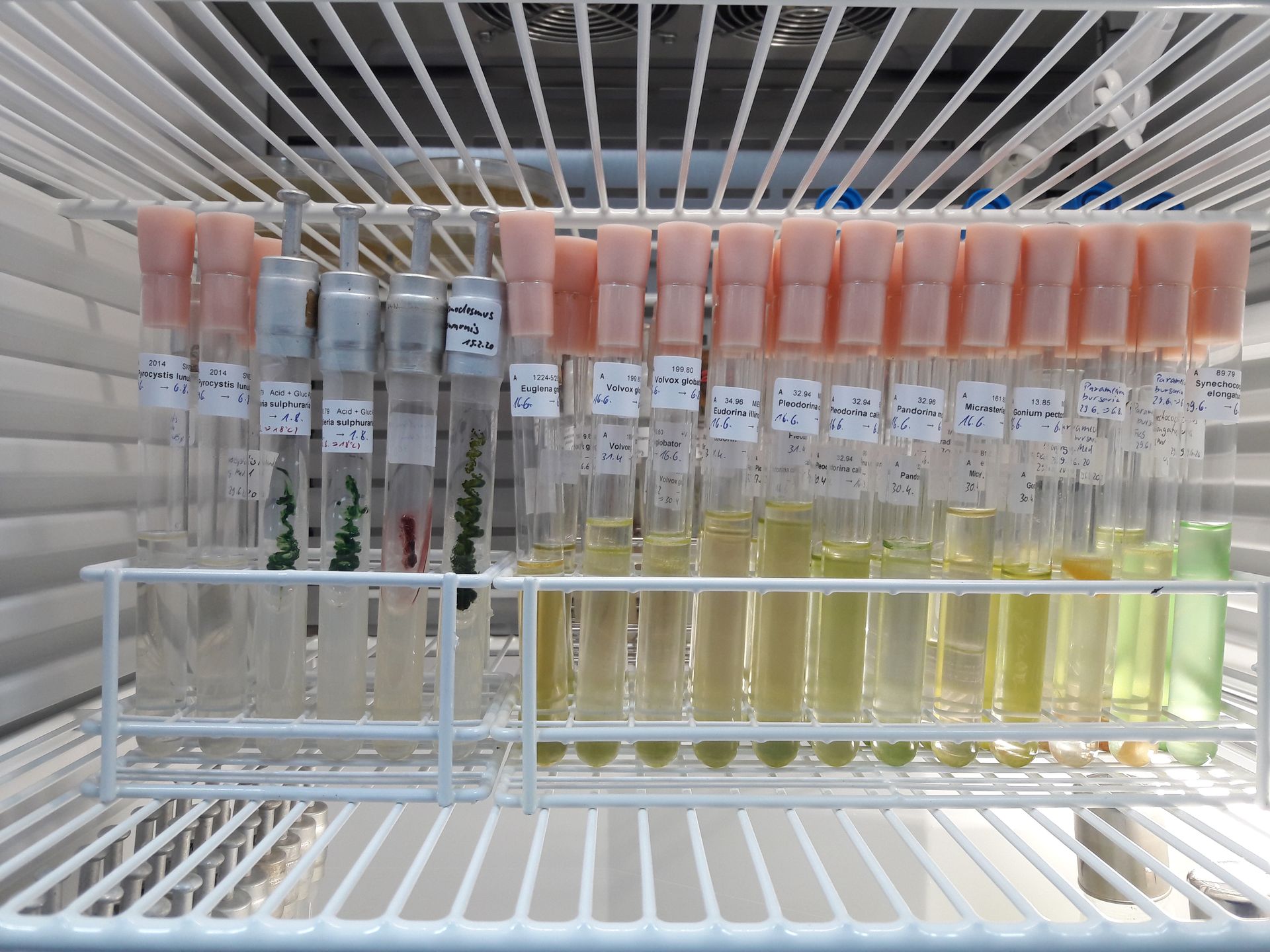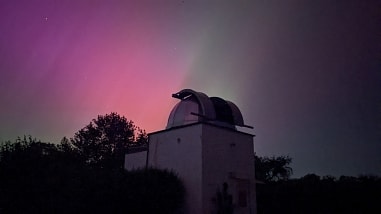On the night of Friday, May 10, 2024 to Saturday, May 11, 2024, spectacular auroras could be observed at the Hans Haffner Observatory.
The aurora borealis shone in two waves. In the first period, from the onset of darkness shortly after 10:15 p.m. until around 11 p.m., the aurora borealis appeared mainly as a red glow in a northerly direction.
After the glow had faded down, it began an even more breathtaking spectacle about an hour later. Shortly after midnight, the sky glowed red, purple-violet and green. In this second phase, the aurora borealis stretched across the entire sky to the south and reached a brightness and intensity that is usually only found near the polar circle.
After a good hour, the northern lights gradually faded. As the night progressed, only a few faint auroras flared up.
These auroras so far south are caused by strong coronal mass ejections (CME), which hit the Earth's magnetic field as so-called solar storms. The current CMEs originate from a sunspot cluster which, according to the US weather agency NOAA (National Oceanic and Atmospheric Administration), is approximately 16 times the diameter of the Earth.
The sun is currently at the maximum of its eleven-year sunspot cycle. Since the end of 2019, the sun's activity has been increasing so that - significantly weaker - polar lights have been repeatedly observed over Germany in the recent months.
The waxing moon was only visible as a narrow crescent that night and the night was completely clear later on, so that the aurora borealis was able to unfold this spectacular intensity over Lower Franconia.
As the observatory was occupied for AGN measurements on Friday evening anyway, this extraordinary natural spectacle could be fully documented.








